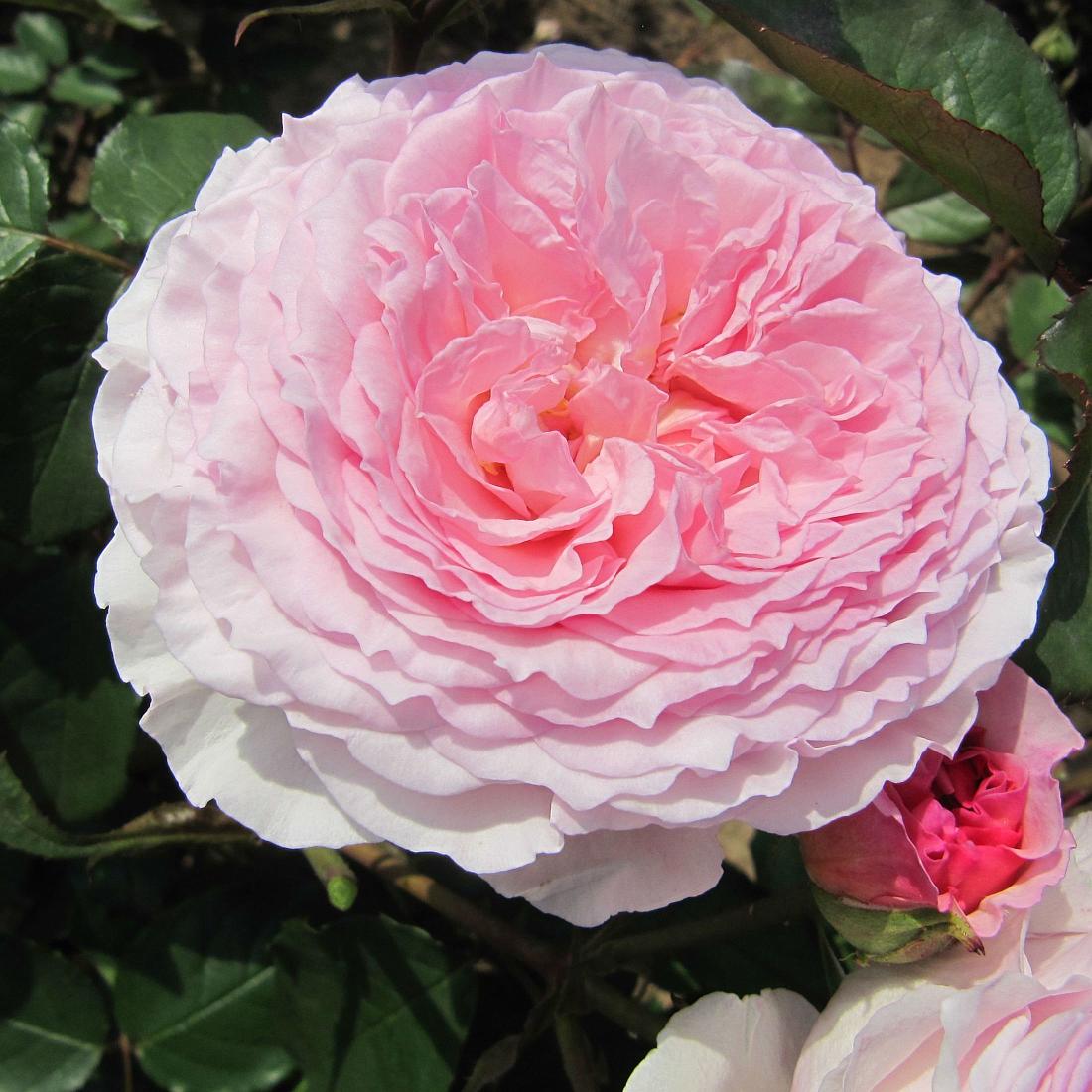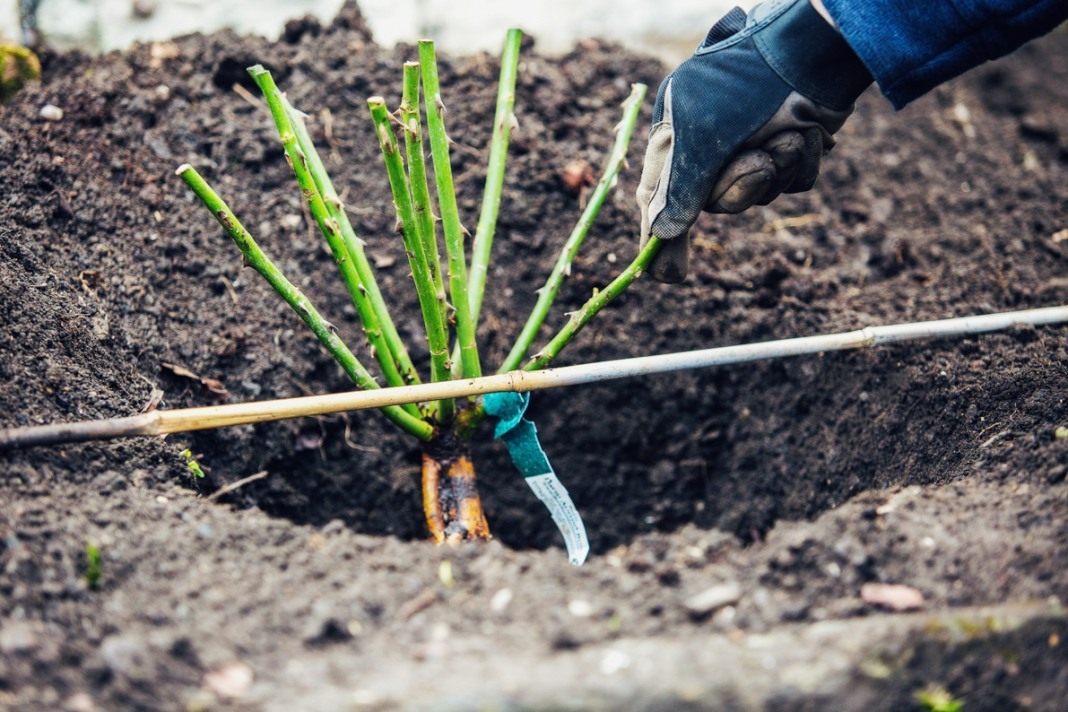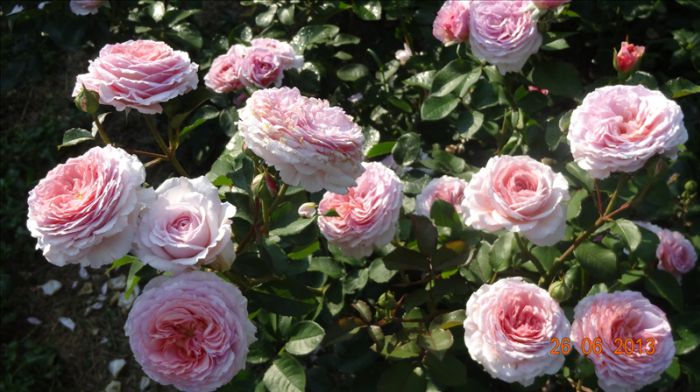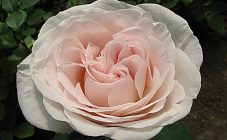Content:
The rose is the true queen of the garden, a beautiful, beloved and most sought-after flower on the whole planet. She conquered hearts with her sophistication, refined beauty, aristocracy. The variety of species and varieties, shapes and sizes, combinations of colors and shades fully explains the passion of flower growers for growing roses. Whoever fell ill with these flowers will deal with them constantly.
The history of the development of the English rose
The English rose of David Austin, a famous English farmer, who devoted his life to breeding a new species of these beautiful flowers, deserved special respect and attention. His main goal was to revive the old British roses, known for their special flower shape - spherical, dense, in the form of a pompom. At the same time, they needed to be improved - the original old varieties bloomed only once a season and were often exposed to diseases.
In 1983, D. Austin's work was crowned with success, the first variety of his collection, Constance Spry, appeared - the result of crossing of hybrid tea, ancient species and Floribunda roses. Constance Spry combined the interesting flower shape of vintage roses with the endurance and repeated blooming of tea varieties.
A little later, Damascus and French species were also used in breeding work.
Several varieties of the English collection have received awards from the British Royal Horticultural Society.
A prominent representative of the Ostins is the James Galway rose - a relatively new variety, bred in the early 2000s. The variety is named after the famous Irish-born flutist James Galway.
Features of Rose James Galway
Among the variety of flowers created by Austin, James Galway rose attracts attention with its reference pink color and rich original scent.
Main characteristics:
- Bush. It can grow both in the form of a bush and as a shrub (creeping plant).
- Long lasting and repeated flowering.
- Intense aroma of rose oil.
- High winter hardiness (zone 6 - up to -23 degrees).
- Resistance to diseases and pests.
- Endurance and good adaptation to various conditions.
- Lack of thorns.
Description:
- The height of the bush on average reaches 5 m, diameter - 1-1.2 m. Provided that a rose is grown as a shrub, the plant reaches 3 m in height. Shoots are large, erect.
- The flowers are large enough - up to 10 cm in diameter, rosette-shaped, double, dense. One inflorescence contains more than 100 petals.
- The color of the flowers is pink - saturated in the center, gradually fades towards the edges.
Interesting. A feature of the James Gelway rose is that over time, the color of the flower changes from classic pink to delicate peach.
- The leaves are large, dark green, glossy.
- The root system is well developed.
Planting and leaving
Rose James Gelway does not require special care methods, but some rules should be followed:
- Choosing a landing site. The flower is able to grow on different soils, with the exception of heavy clay and soil prone to sticking. It develops well in illuminated areas, but direct sunlight can cause burns to the plant.The optimal place for this ostinka is a quiet, bright area, preferably in the background, so as not to cover other flowers. The soil should preferably be slightly acidic. To lower the acidity, you can add ash or lime to the soil, to increase it - peat.
- The choice of planting material. The best option for planting is a seedling purchased from a specialized store. The plant must be healthy, undamaged, with a well-developed root system. If the roots are too long, they should be carefully trimmed with pruning shears. Before planting, it is recommended to soak the seedling in water with a growth activator or a solution of potassium permanganate.
- Landing. Planting a flower is carried out in spring (April, May) or autumn (September), before the onset of cold weather - the plant must take root, otherwise it simply will not take root. A hole is dug 50 cm deep. Pebbles and sand are laid out at the bottom - they play the role of drainage. Organic fertilizer is added on top: manure, humus. A small ball of soil is poured. A seedling is placed in the hole, so that the root collar is below the soil level. The roots are carefully distributed and gradually covered with earth. The soil is lightly compacted, moistened and mulched.
Flower care:
- Systematic loosening, weed removal.
- Watering. It is carried out, if necessary, in hot weather with settled water after sunset. You should not get carried away with moisturizing, since excessive moisture provokes the onset of diseases.
- Fertilizer. As a fertilizer in the fall, it is recommended to use organic matter: manure, humus, in the spring - nitrogen-containing agents (for effective growth), in the summer - potash dressings (for long flowering).
- Pruning. There are three types of pruning: low (long), medium (moderate), strong (short). Strong pruning is used in the spring after planting and to form the base of the bush, leaving a maximum of 4 buds. Medium pruning is used in autumn and is considered sanitary - dry pagons are removed, bushes are thinned out, 5-8 buds remain. This haircut contributes to decorativeness and abundant flowering. Weak pruning is carried out mainly throughout the entire flowering period and implies the removal of faded inflorescences and shoot tops.
- Preparing for the winter. Roses James Gelway perfectly tolerate frost. But some activities need to be done. In autumn, after pruning, the bushes are huddled up and covered with spruce branches. In regions with more severe climatic conditions, it is additionally recommended to build small structures for insulating roses. For this purpose, you can use metal or metal-plastic slats, which need to be shaped like an arc. They are installed near roses, film and non-woven material are stretched from above.
Advantages and disadvantages of the variety
Rose James Gelway has undoubted advantages:
- Beautiful lush flowers of delicate color.
- Intense aroma.
- Adaptability to various conditions.
- Unpretentious care.
- Cold resistance.
- Disease resistance
- Lack of thorns.
The minor disadvantages of this type of Ostinok include the huge size of the bush, against the background of which the flowers seem not so large. In addition, in conditions of high humidity, black spot can affect the rose.
Rose James Geloey will not leave anyone indifferent. It goes well with other types of roses, especially red ones. Can be grown as a single tapeworm plant, or as a hedge.A little imagination, work, patience, and the flower will become an adornment of any corner, will delight the eye and give a good mood.















